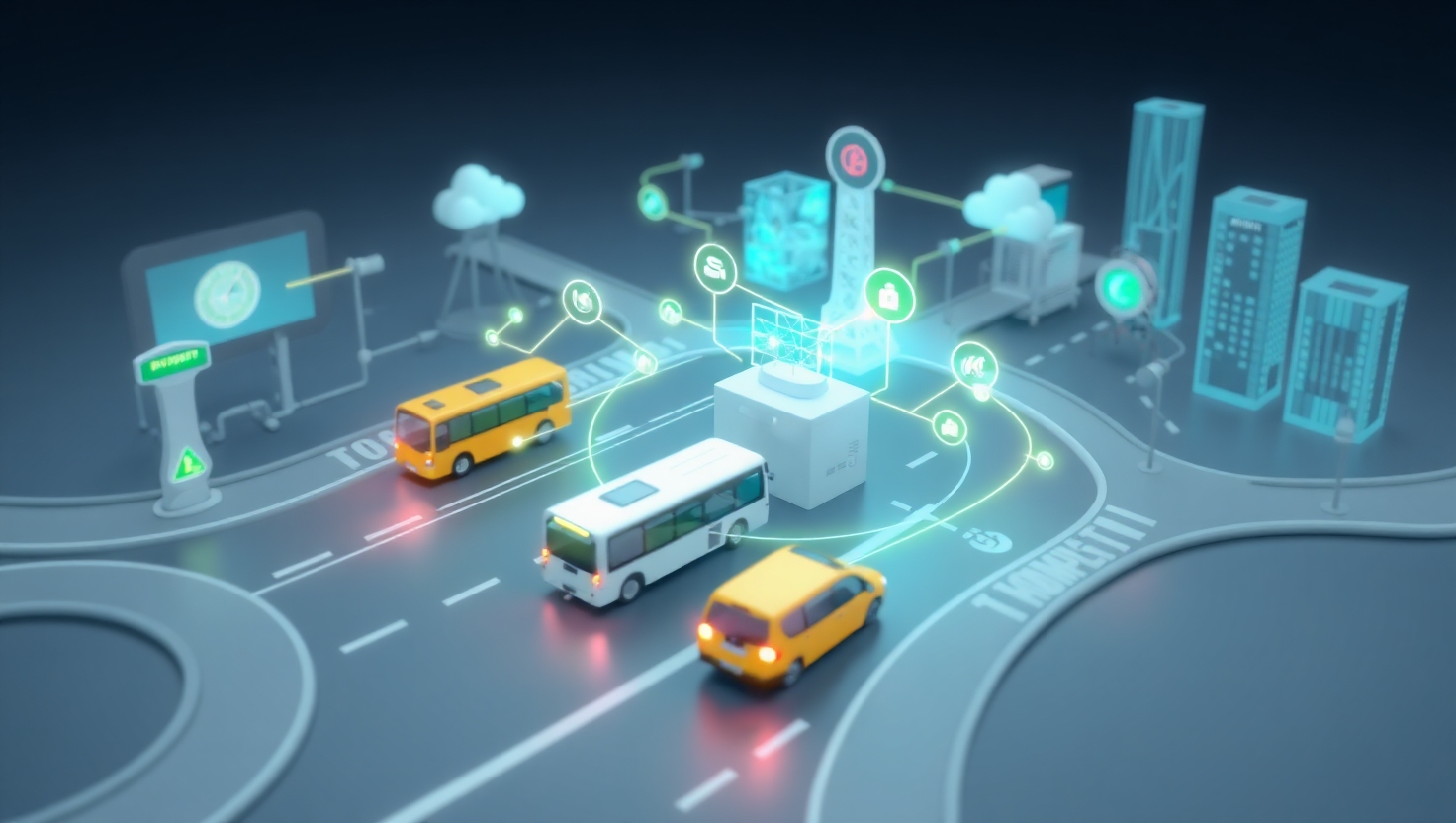Transportation is going through a huge transformation these days, becoming smarter, more efficient, and way more sustainable than ever before. At the heart of this change is the command and control system – basically the brain of smart transportation. It’s made up of advanced technologies that gather real-time data, analyze different scenarios, and make smart decisions to improve traffic flow, reduce congestion, and prevent problems. But it’s not just a cold technical setup; it’s like a living, dynamic brain for the city, helping people get around smoothly and safely while making sure resources are used wisely.
To really get how command and control in smart transportation works, you need to know about the wide range of sensors, cameras, tracking devices, and communication tools spread all over the city. They collect information about cars, pedestrians, cyclists, and even air pollution levels. All this data is sent to a control center where artificial intelligence and machine learning systems analyze it in real time. So, if there’s a traffic jam or an accident somewhere, the system can change traffic light timings, redirect cars to less crowded routes, or even send alerts to drivers through apps. That’s how cities manage to keep traffic flowing better and avoid those nasty backups.
Another cool part is the ability to monitor infrastructure and predict issues before they happen. For example, if there’s a potential failure in street lighting or traffic cameras, the system sends an early warning to maintenance teams. This speeds up the response time and helps keep streets safe and accessible. On top of that, command and control in smart transportation also helps manage public transit – syncing buses, trams, and light rail so transfers are smooth and quick. This encourages more people to take public transport and cut down on private car use.
What’s really exciting about this field is how technology meets smart urban planning focused on people. Command and control systems aren’t just machines running on their own — they’re powerful tools that help city officials, transport managers, and others make smart choices. Every minute of traffic jam the system avoids is a small win against pollution, stress, and wasted time. Beyond that, smart transportation is a key piece of the bigger picture of smart cities that promote better quality of life, health, and safety for everyone.
In the end, command and control in smart transportation is a fascinating area combining technology, AI, and urban design to create transport systems that are efficient, safe, and accessible. It’s not just the future — it’s already here, shaping our daily lives and the way we move around every single day. Whoever’s in the control center, watching those live maps and directing traffic, is doing work that really changes how we all experience our city.














